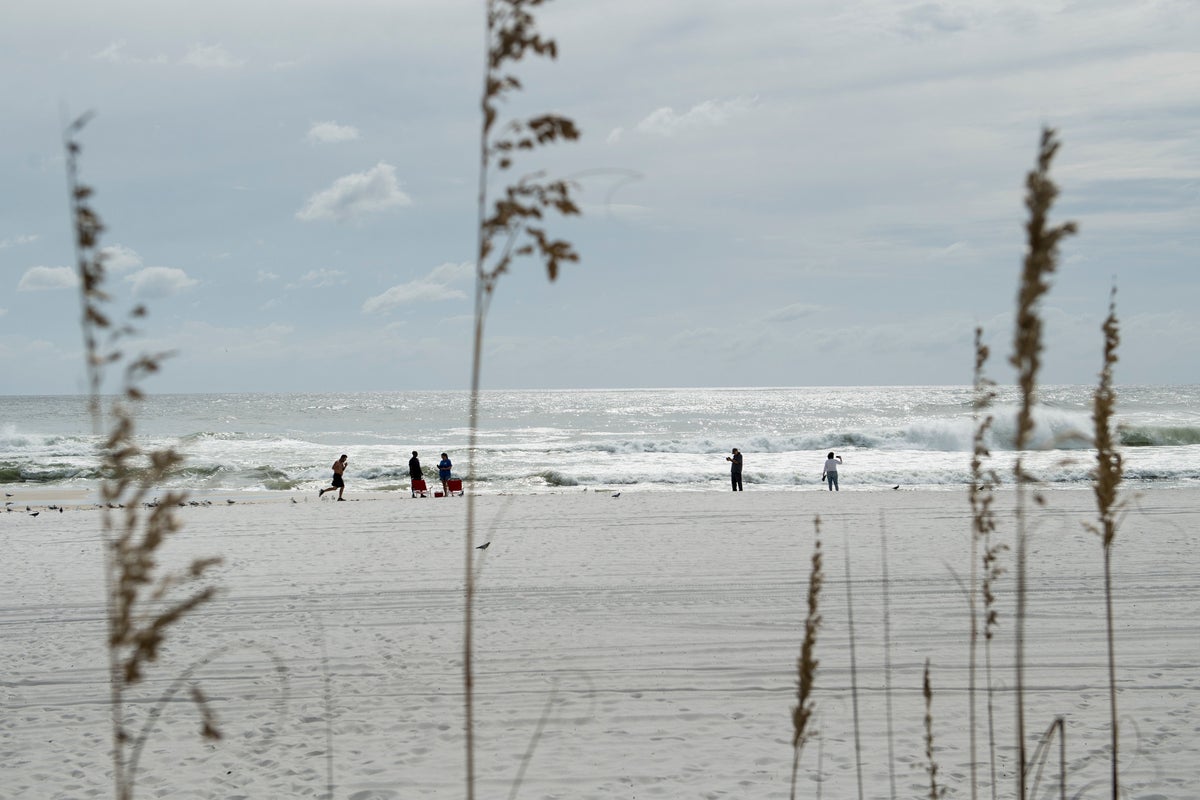
Eleven people have died over the last two weeks along the Gulf Coast due to dangerous rip currents, according to data from the National Weather Service.
The deaths were reported in the Gulf of Mexico between Fort Morgan, Alabama and Panama City Beach, Florida, according to the agency.
Rip currents form when waves disperse across the beach and cause water to "become trapped between the beach and a sandbar or other underwater feature." The water then "converges into a narrow river-like channel moving away from the shore at high speed."
While rip currents do not submerge swimmers, they can pull even skilled swimmers deep into the water, exhausting them as they fight to swim against the current.
The best way for a swimmer to escape a rip current is not to swim toward the shore, but to swim parallel to the shore in order to escape its pull.
Tom Gill, a spokesman for the United States Lifesaving Association, said beachgoers should try to only swim in areas where a lifeguard is present, an increasingly difficult task due to a shortage of qualified lifeguards.
“Swimming on an actively guarded beach is always the safest option,” Mr Gill told NBC News. “But not every beach is patrolled by a lifeguard and the high heat has been pushing a lot of people into the water.”
Rip currents are the third-leading cause of weather fatalities between 2013 and 2023, according to NWS data. They kill more on average than tornadoes, lightning, or hurricanes.
Panama City Beach has experienced the highest number of beach fatalities in the US this year, with seven people dying between 15 June and 24 June, according to the NWS.
Three people died at three different resorts on Saturday in the city.
Panama City Beach spokeswoman Debbie Ingram said the city doesn't have enough lifeguards to patrol all nine miles of its beach.
“Hiring is a struggle,” she told NBC News. “We are competing with other beach communities, some of whom offer higher wages. Many times we get college kids who go back to school.”
Over 10 days the city's police department were called to respond to 70 swimmers who were in distress, with 39 of those calls happening on Saturday alone.
A current rip current risk is currently in effect through Thursday evening for Bay, Gulf, and Walton counties in Florida, according to the NWS.







